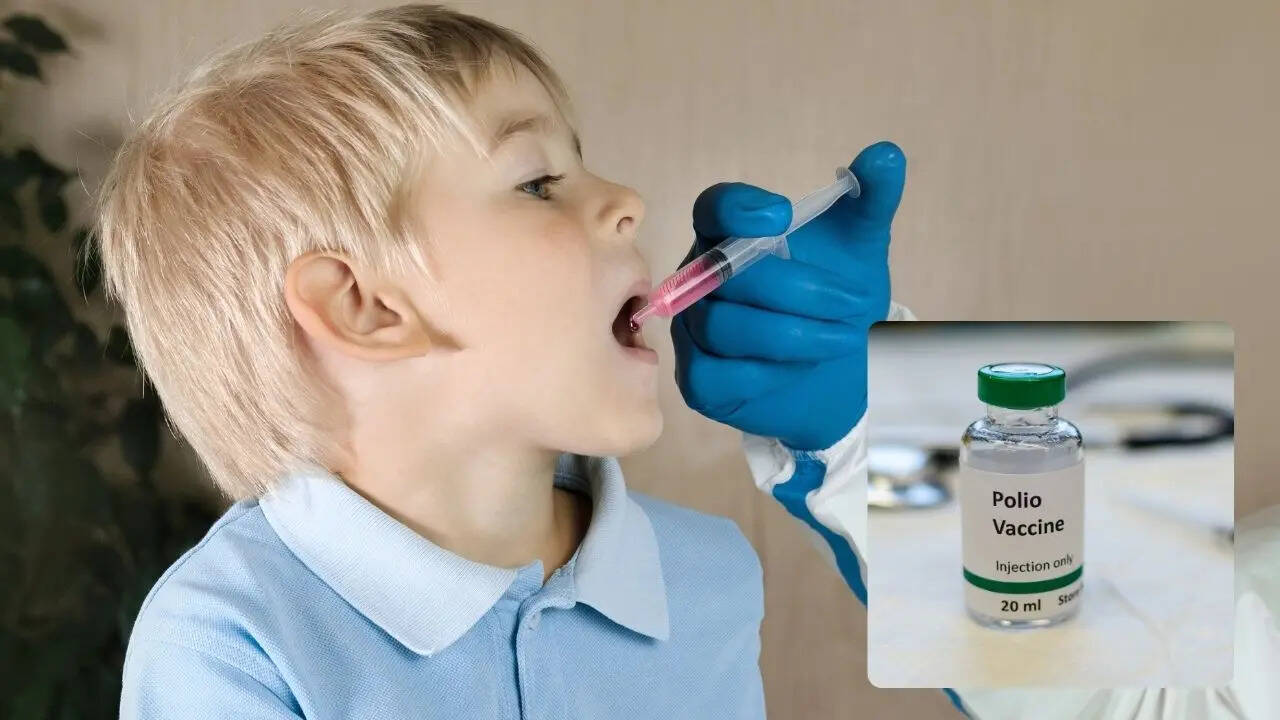World Polio Day: How the Polio Vaccine Became a Lifesaving Shield Against a Global Disease

Credits: Canva
SummaryOn World Polio Day, we take a closer look at the polio vaccine, which helped India achieve a remarkable milestone by becoming polio-free in 2014. From protecting millions of children to supporting massive vaccination drives across the country, this vaccine remains a vital shield against a disease that once affected hundreds of thousands every year.
End of Article
